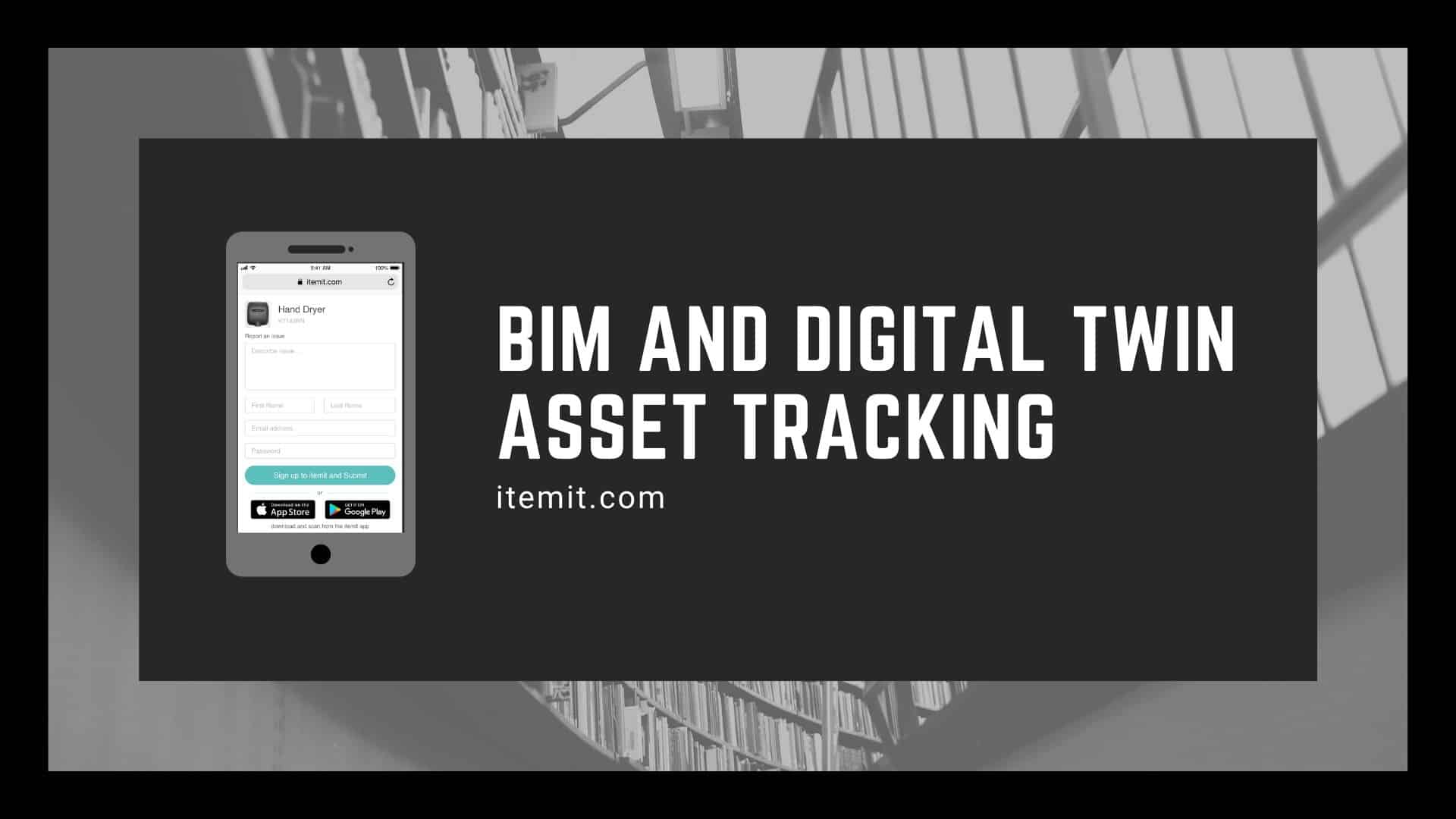
In recent years, there has been a significant interest in BIM in the construction industry and increasingly so in Facilities Management. This is likely to be largely as a result of the UK government’s mandate that, since April 2016, all public contracts managed by the central government department require BIM Level 2 compliance. Thrown into the mix is also Digital Twin initiatives. You might be wondering what has all of this got to do with asset tracking? Let’s get stuck in.
What is BIM?
Building Information Modelling (BIM) is the use of various methods and tools to create a digital representation of physical and functional characteristics of a building. There are multiple levels of BIM, as follows:
https://www.pbctoday.co.uk/news/digital-construction-news/bim-news/what-is-bim/40457/
BIM was originally driven by the need to model a conceptual idea of a building through proper digital 2D and 3D designs to resolve any potential design faults before the building is constructed. This helps to significantly reduce the cost of construction and speed up project delivery. Subsequent BIM standardisation levels (levels 2 and 3) were added to expand beyond that scope, and take the benefit right through to ongoing building operations and facilities management.
What is A Digital Twin?
In the context of the construction industry and building management, a Digital Twin is a virtual representation of physical building assets from construction until usage and end-of-life decommissioning.
In many ways, a Digital Twin continues where BIM has left off. Objects in BIM started as virtual objects to be physically constructed. In contrast, Digital Twin attempts to keep an accurate representation of the physical objects back into a virtual representation.
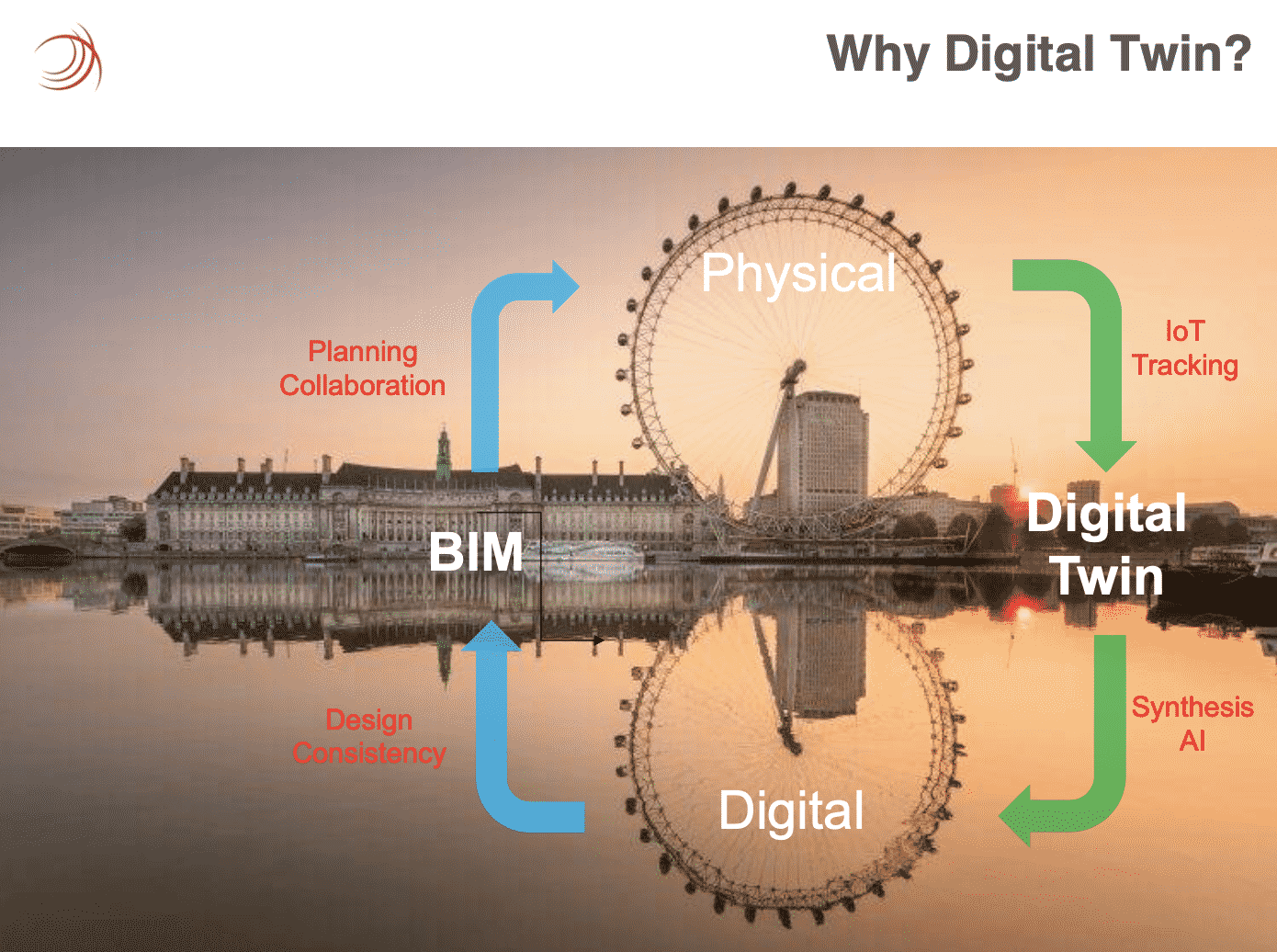
What does this mean for Asset Tracking?
Asset tracking is, therefore, a fundamental piece of the jigsaw that ties both digital and physical objects together, whether it is through BIM or the use of a Digital Twin.
To create the most efficient BIM process from design to construction, the only way in which a virtual object can be linked to a physical object during construction is by using some form of tagging. This can be achieved by using RFID tags, QR code tags or some other method.
Once the building has been constructed and handed over to become operational, BIM models are also passed over to Facilities Managers. Unfortunately, it is rarely the case that these buildings are handed over with physical assets that have been tagged and therefore linked to the BIM model. This disconnect causes great difficulty in managing those assets right from the very start as BIM data is often locked in architecture software applications or handed over in an almost human unreadable IFC or COBie file.
Therefore, the challenge of maintaining an accurate asset register and information about the physical assets rests on the shoulders of a Digital Twin. At itemit, we provide a digital twin profile for every single asset in the building. It can pull information from IFC/COBie to populate the digital twin profile, and subsequently, update the profile from a variety of sources. These include: automated last seen information simply from scanning the asset, manually entering and updating properties, and collaboratively managing assets as a team.
In addition, itemit can also integrate into other IoT devices you’re already using (such as temperature sensors, motion sensors, etc.) to update the asset’s digital profile automatically.
If you’re keen to find out more about how itemit can help you create a digital twin, get in touch by emailing team@itemit.com.

Try itemit
Choose a better way to track
your assets.
Start your free 14-day trial now!
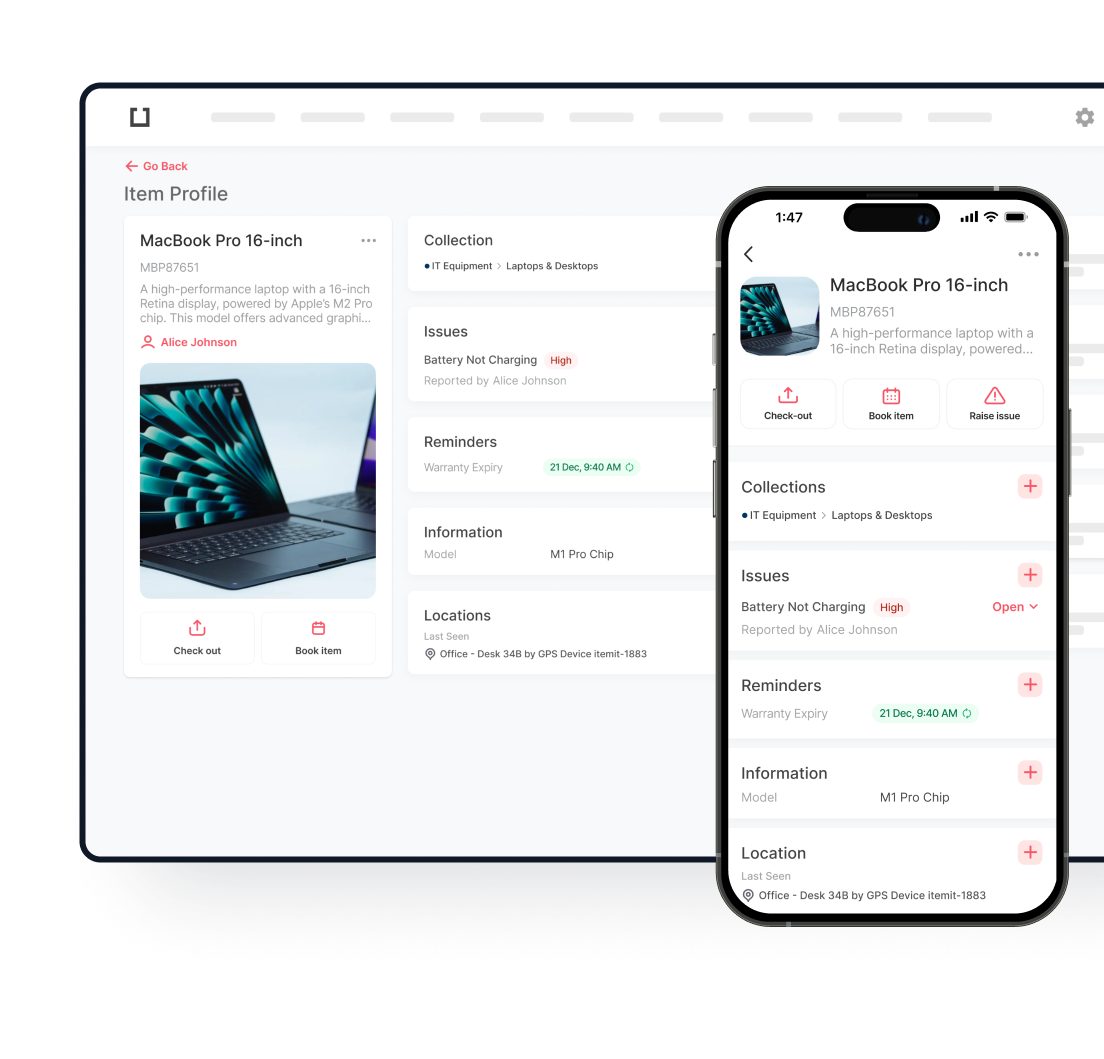
Keep Learning
itemit Blog
Tips, guides, industry best practices, and news.
What Is Active RFID? A Complete Guide to Smart RFID Tags
Discover what Active RFID is, how active tags function, and the key benefits and use cases that make this technology essential for modern tracking systems.
Everything You Need to Know About 2D Barcodes
Discover everything about 2D barcodes, including how they work, their benefits, and how they are revolutionizing industries and improving business operations
Complete Guide to Asset Lifecycle Management and Its Benefits
Learn about asset lifecycle management and how it helps businesses optimize asset usage, reduce costs, and improve efficiency throughout the asset’s life.

In recent years, there has been a significant interest in BIM in the construction industry and increasingly so in Facilities Management. This is likely to be largely as a result of the UK government’s mandate that, since April 2016, all public contracts managed by the central government department require BIM Level 2 compliance. Thrown into the mix is also Digital Twin initiatives. You might be wondering what has all of this got to do with asset tracking? Let’s get stuck in.
What is BIM?
Building Information Modelling (BIM) is the use of various methods and tools to create a digital representation of physical and functional characteristics of a building. There are multiple levels of BIM, as follows:
https://www.pbctoday.co.uk/news/digital-construction-news/bim-news/what-is-bim/40457/
BIM was originally driven by the need to model a conceptual idea of a building through proper digital 2D and 3D designs to resolve any potential design faults before the building is constructed. This helps to significantly reduce the cost of construction and speed up project delivery. Subsequent BIM standardisation levels (levels 2 and 3) were added to expand beyond that scope, and take the benefit right through to ongoing building operations and facilities management.
What is A Digital Twin?
In the context of the construction industry and building management, a Digital Twin is a virtual representation of physical building assets from construction until usage and end-of-life decommissioning.
In many ways, a Digital Twin continues where BIM has left off. Objects in BIM started as virtual objects to be physically constructed. In contrast, Digital Twin attempts to keep an accurate representation of the physical objects back into a virtual representation.

What does this mean for Asset Tracking?
Asset tracking is, therefore, a fundamental piece of the jigsaw that ties both digital and physical objects together, whether it is through BIM or the use of a Digital Twin.
To create the most efficient BIM process from design to construction, the only way in which a virtual object can be linked to a physical object during construction is by using some form of tagging. This can be achieved by using RFID tags, QR code tags or some other method.
Once the building has been constructed and handed over to become operational, BIM models are also passed over to Facilities Managers. Unfortunately, it is rarely the case that these buildings are handed over with physical assets that have been tagged and therefore linked to the BIM model. This disconnect causes great difficulty in managing those assets right from the very start as BIM data is often locked in architecture software applications or handed over in an almost human unreadable IFC or COBie file.
Therefore, the challenge of maintaining an accurate asset register and information about the physical assets rests on the shoulders of a Digital Twin. At itemit, we provide a digital twin profile for every single asset in the building. It can pull information from IFC/COBie to populate the digital twin profile, and subsequently, update the profile from a variety of sources. These include: automated last seen information simply from scanning the asset, manually entering and updating properties, and collaboratively managing assets as a team.
In addition, itemit can also integrate into other IoT devices you’re already using (such as temperature sensors, motion sensors, etc.) to update the asset’s digital profile automatically.
If you’re keen to find out more about how itemit can help you create a digital twin, get in touch by emailing team@itemit.com.
Find Out More About Asset Tracking
Start your free 14-day trial now
Instant access. No credit card details required.

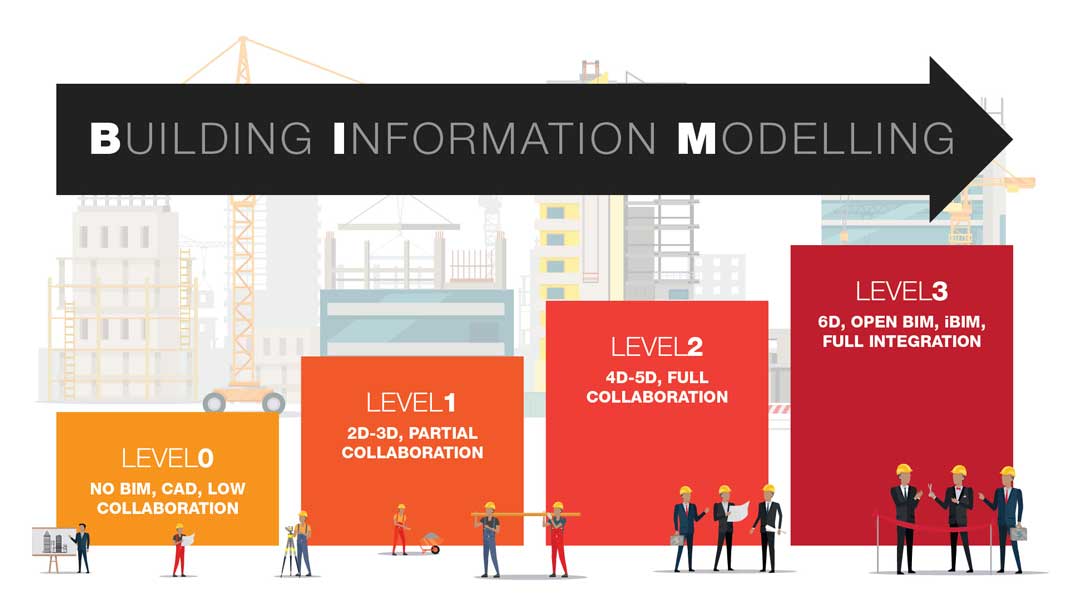
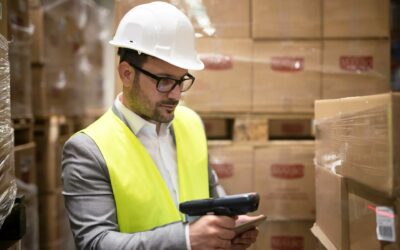
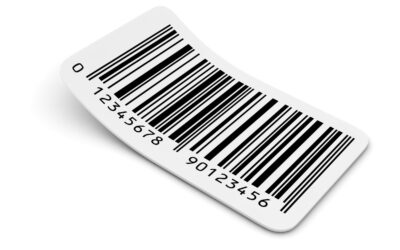
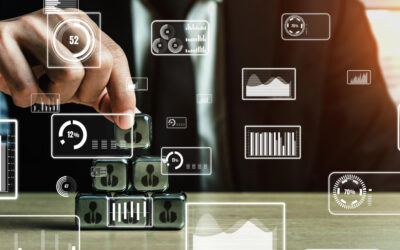
0 Comments